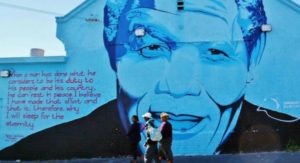
My trip to South Africa was the first contact I had with black Africa , beyond previous trips to that continent, specifically, to Muslim countries such as Morocco, Tunisia or Egypt.
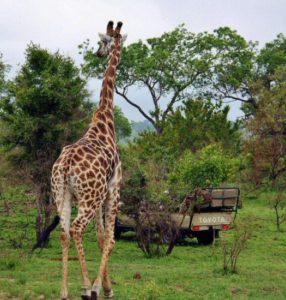
Of course, also to the victory of the national team in the World Cup held in that country.
This has allowed me to discover a country with many edges and contrasts and, at the same time, very interesting to make a tour of tourism .
What to see in South Africa
From the outset I will tell you that on a trip to South Africa you will find the most topical image of an African country.
Safari in Kruger Park
In that country you can participate in safaris in areas such as Kruger Park. where there are no roads but tracks of land, and where populations have a huge precariousness of resources.

Cape Town
But in South Africa you can also visit a city of special interest such as Cape Town , with a beautiful location under the curious mountain formation known as Table Mountain .
You should know that Cape Town has recently been considered one of the new seven natural wonders of the world.
And in that African city there are corners that may well remind you of San Francisco or New Orleans.
Vineyards and wine tourism in South Africa
In South Africa you can also see valleys covered in vineyards with villages with charming architecture.

These scenes take you to European corners of the Mediterranean or to California, because you hardly see anything that makes you think you are in Africa.
Virgin Beaches in Walker Bay
It is a coast with virgin beaches of 30 kilometers in length nestled in natural reserves such as Walker Bay , whose shores reach the whales and, yes, are plagued by white sharks.
This African country of landscape contrasts also shows you today a huge social and economic contrast that you will not be able to abstract during your trip.
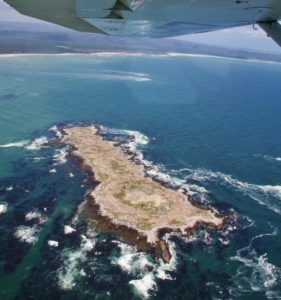
Curiosities history South Africa
He thinks that the first Aboriginal population of what is now South Africa were the San , better known as Bushmen , who arrived 15,000 years ago.
Then, about 2,000 years ago, the Khoi appeared , and between the 12th and 17th centuries the Bantu tribes of North Africa, among which the Zulus , came down to these lands.
It was from 1652 when white colonization began with the arrival of the Dutch associated with the commercial development that was promoted after the creation of the Dutch East India Company .
It is the origin of the creation of the community that will later be known as Afrikaner or Boer .
With them came the Malaysian slaves, of Muslim religion, whose descendants are now concentrated in the colorful Bo-Kaap neighborhood of Cape Town .

The purpose of the Dutch was to establish farms that would provide fresh food to the ships that covered the long route from the Netherlands to the Far Eastthrough the Cape of Good Hope .
That is precisely the origin of the vineyards and wineries that you can now visit in the Franschhoek Valley .
In the late eighteenth century it was the English who came to control these lands after their wars with the Boers in 1795.
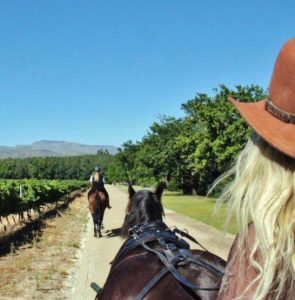
Later on it was in 1910 when the so-called South African Union achieved its autonomy from the British Commonwealth .
It is at this point where the origin of the black stage of apartheid lies .
I remind you that it was a system of racial segregation with the black population that was legally established by Afrikaners after 1948, and that did not begin to be abolished until 1990.
A good and emotional sample of what this system of racism meant is in the visit of the Museum of District 6 in Cape Town.
In this very instructive visit you will be surprised at how far the discrimination of the black population came.
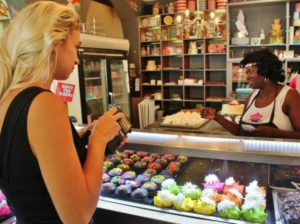
The process of reconciliation initiated in South Africa by the then white president Frederik De Klerk , which led in 1994 to the victory of Nelson Mandela, was the first essential step to face the development of the black population.
I tell you that when you travel to South Africa you will find a huge economic difference between the white and black population.
You will see that whites maintain economic power, but at least the blacks already have the political structure to facilitate their development.
But in the face of a lifestyle and economic level very similar to that of Europe enjoyed by white South Africans, the black population continues to live on one euro per day in the huge town hall shantytowns .
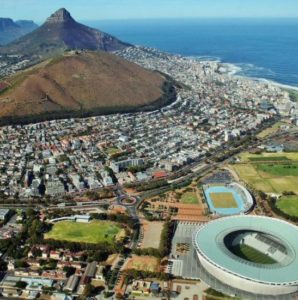
And in that regard, I remind you that the white population only represents 10 percent of the nearly 50 million people in South Africa.
Tourism in South Africa
From the point of view of tourism , you must know that before 1994 it was an industry that did not exist in South Africa .
Now to this country there are about 13 million tourists, with continuous annual increases, of which some 38,000 come from Spain.
In fact, tourism has become an engine of cultural and economic development for the country’s black population.
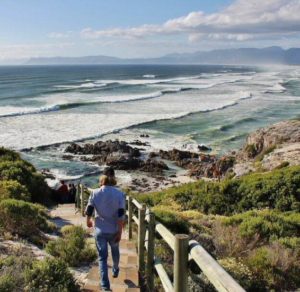
Its founder Michael Lutzeyer argues that the economic development of tourism activities must go hand in hand with training, the creation of a community and the conservation of natural resources.
One sample is the hotel of the Grootbos Natural Reserve where the necessary training is provided so that the black population can develop economically.
To this end, a school of tourist guides has been set up, but there are also jobs in gardens where they have learned to grow food that is bought by that hotel establishment.
In summary, your tourist trip to South Africa has many more attractions than enjoying landscapes or tourist activities.
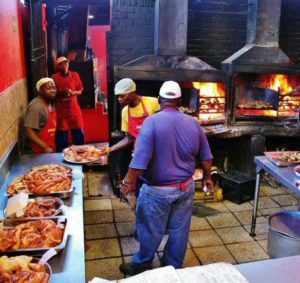
You will have the opportunity to appreciate the steps forward that are taking place in the social evolution and in the disappearance of the reminiscences of apartheid .
In this regard, a great experience will be to enjoy a braai , traditional South African barbecue, in a local township of Gugulethu in Cape Town ,
In this corner, at the rhythm of DJ music, mostly young people, whites and blacks, and some tourists, we share a Sunday together in a multiracial environment.
It is still something exceptional, but it is an experience that you should not miss on your trip.
 Countries To Travel Travel Tips and Plans
Countries To Travel Travel Tips and Plans


